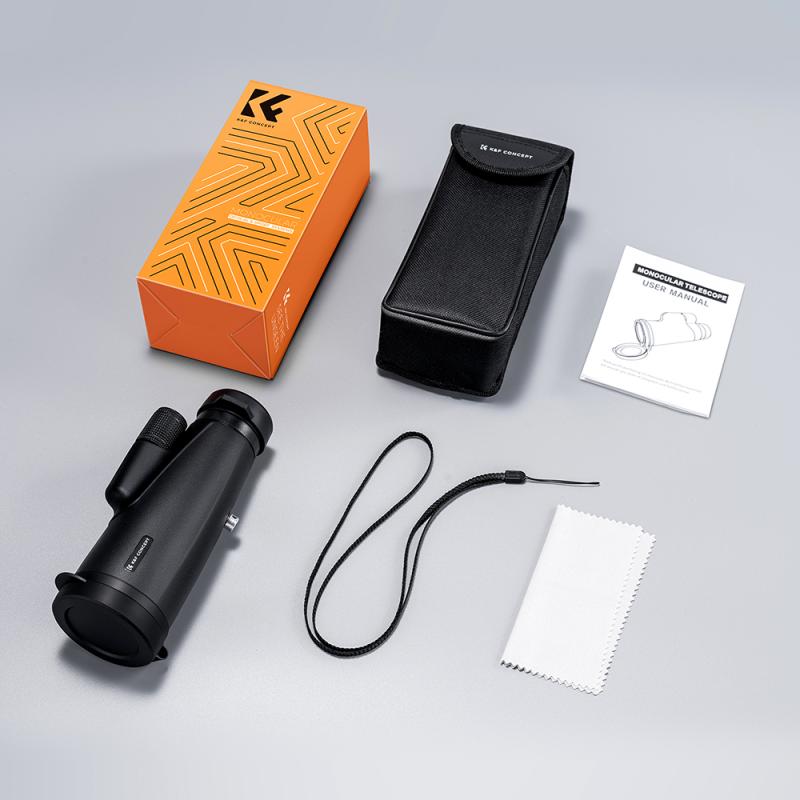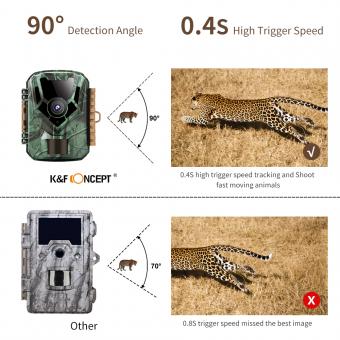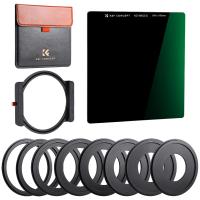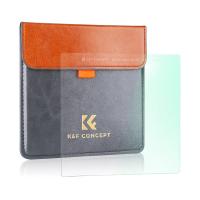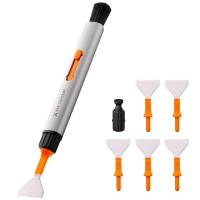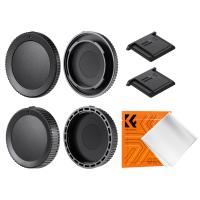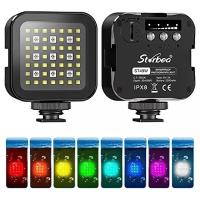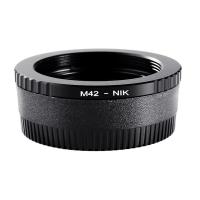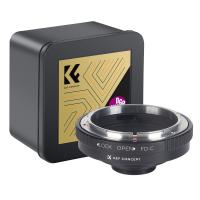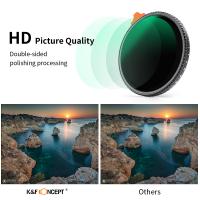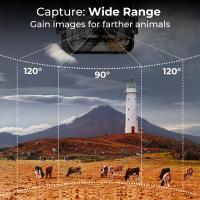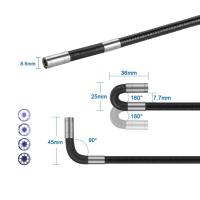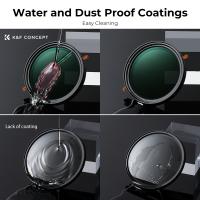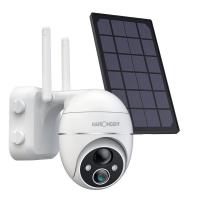What Is A Tele Converter ?
A teleconverter, also known as a tele-extender or telephoto converter, is an optical accessory used in photography to increase the effective focal length of a lens. It is typically a small, lightweight device that is attached between the camera body and the lens. By magnifying the image projected by the lens onto the camera's sensor or film, a teleconverter effectively extends the reach of the lens, allowing for greater magnification and bringing distant subjects closer. Teleconverters are commonly available in different magnification factors, such as 1.4x, 1.7x, or 2x, which determine the degree of focal length increase. However, it is important to note that teleconverters also have some drawbacks, including a reduction in the maximum aperture of the lens and potential degradation of image quality.
1、 Definition and Function of a Teleconverter in Photography
A teleconverter, also known as a tele-extender or telephoto converter, is an optical accessory used in photography to increase the focal length of a lens. It is essentially a magnifying lens that is placed between the camera body and the lens. The primary function of a teleconverter is to extend the reach of a lens, allowing photographers to capture distant subjects with greater magnification.
Teleconverters come in different magnification factors, typically ranging from 1.4x to 2x. For example, a 1.4x teleconverter will increase the focal length of a 200mm lens to 280mm, while a 2x teleconverter will double it to 400mm. This increased focal length enables photographers to get closer to their subjects without physically moving closer, making teleconverters particularly useful for wildlife, sports, and other types of photography where distance is a limiting factor.
However, it is important to note that teleconverters also have some drawbacks. One of the main concerns is the loss of light transmission. Since the teleconverter increases the focal length, it also reduces the maximum aperture of the lens. For instance, a lens with a maximum aperture of f/2.8 will become f/4 with a 1.4x teleconverter and f/5.6 with a 2x teleconverter. This reduction in aperture affects the amount of light reaching the camera sensor, potentially leading to slower shutter speeds and increased noise in low-light conditions.
Additionally, teleconverters can also impact image quality to some extent. While modern teleconverters are designed to minimize optical aberrations and maintain image sharpness, there may still be a slight loss in image quality, especially when using lower quality teleconverters or when using them with lenses that are not specifically designed to be compatible.
In conclusion, a teleconverter is a valuable tool for photographers looking to extend the reach of their lenses and capture distant subjects with greater magnification. However, it is important to consider the trade-offs in terms of light transmission and potential impact on image quality when using teleconverters.
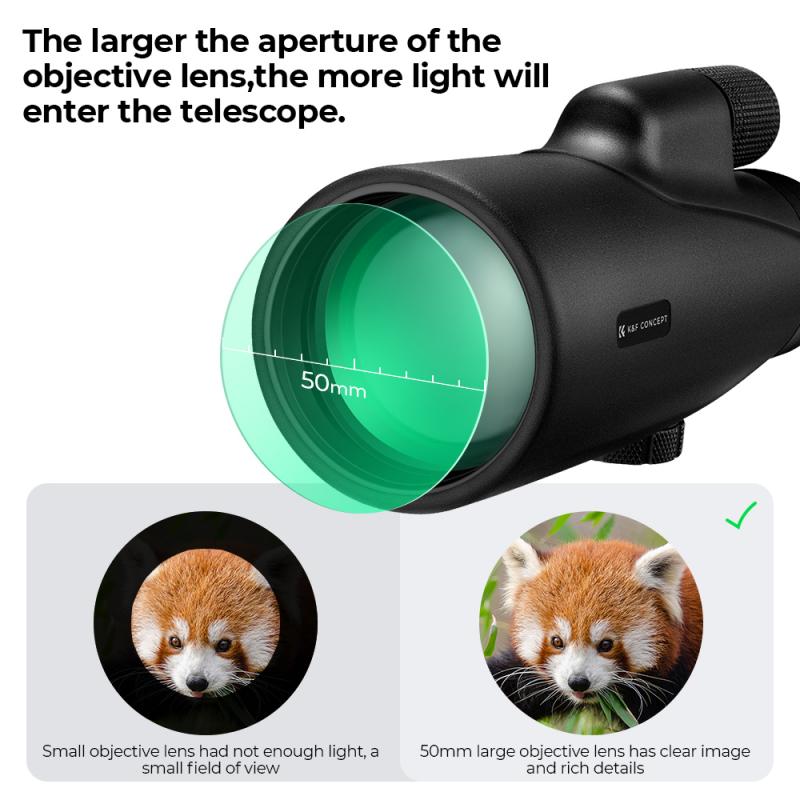
2、 Types of Teleconverters: 1.4x, 2x, and 3x Magnification
A teleconverter, also known as a tele-extender or telephoto converter, is an optical accessory that is used to increase the focal length of a lens. It is designed to be mounted between the camera body and the lens, effectively magnifying the image and allowing photographers to achieve greater telephoto reach.
Teleconverters come in different magnification factors, with the most common ones being 1.4x, 2x, and 3x. These numbers represent the amount by which the focal length of the lens is multiplied. For example, a 1.4x teleconverter will increase the focal length of a 200mm lens to 280mm, while a 2x teleconverter will double it to 400mm.
The primary advantage of using a teleconverter is that it allows photographers to get closer to their subjects without physically moving closer. This is particularly useful in wildlife and sports photography, where capturing distant subjects is often a challenge. By increasing the focal length, teleconverters enable photographers to fill the frame with their subjects, resulting in more detailed and impactful images.
However, it is important to note that teleconverters also have some drawbacks. One of the main concerns is the loss of light transmission. As the teleconverter increases the focal length, it also reduces the maximum aperture of the lens. This means that less light reaches the camera's sensor, resulting in slower shutter speeds and potentially requiring higher ISO settings. Additionally, teleconverters can also introduce some loss in image quality, such as reduced sharpness and increased chromatic aberration.
In recent years, teleconverters have seen advancements in technology, with some manufacturers introducing models that minimize the loss in image quality. These newer teleconverters are designed to work seamlessly with specific lenses, maintaining the lens's autofocus capabilities and overall performance. However, it is important to research and choose a teleconverter that is compatible with your specific lens and camera system to ensure optimal results.
In conclusion, a teleconverter is an optical accessory that increases the focal length of a lens, allowing photographers to achieve greater telephoto reach. While they offer the advantage of getting closer to distant subjects, they also come with some trade-offs, such as reduced light transmission and potential loss in image quality. However, with advancements in technology, newer teleconverters are addressing these concerns and providing photographers with improved performance and compatibility.
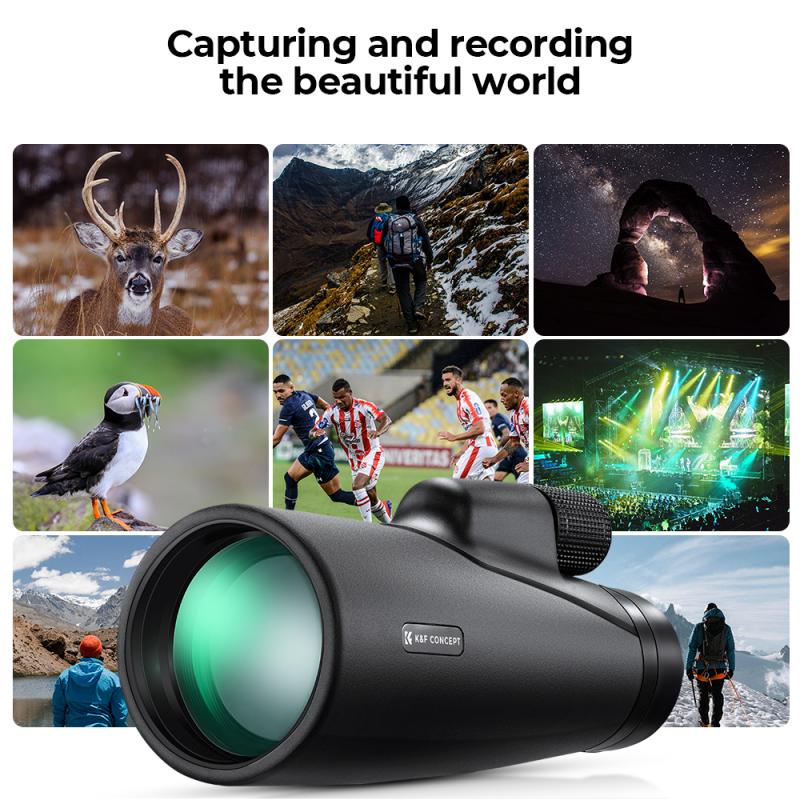
3、 Compatibility with Different Camera Systems and Lens Mounts
A teleconverter, also known as a telephoto converter or tele-extender, is an optical accessory that is used to increase the focal length of a lens. It is essentially a magnifying lens that is placed between the camera body and the lens. By doing so, it allows photographers to achieve a greater level of magnification and bring distant subjects closer.
Teleconverters typically come in 1.4x, 1.7x, and 2x magnification factors, which means they increase the focal length of the lens by that amount. For example, a 1.4x teleconverter will turn a 200mm lens into a 280mm lens, while a 2x teleconverter will turn it into a 400mm lens. This can be particularly useful for wildlife, sports, and other types of photography where a longer focal length is desired.
Compatibility with different camera systems and lens mounts is an important consideration when using teleconverters. Teleconverters are typically designed to work with specific lens mounts, such as Canon EF, Nikon F, or Sony E-mount. It is crucial to ensure that the teleconverter is compatible with both the camera body and the lens being used. Some teleconverters may only work with certain lenses or camera models, so it is important to check the compatibility before making a purchase.
It is worth noting that while teleconverters can increase the focal length of a lens, they also have some drawbacks. They reduce the amount of light reaching the camera sensor, resulting in a decrease in maximum aperture. This can affect autofocus performance and image quality, especially in low-light conditions. Additionally, teleconverters may introduce some loss of sharpness and increase the risk of image distortion.
In recent years, teleconverters have become more advanced, with improved optical designs and better compatibility with different camera systems. Some teleconverters now feature electronic contacts that allow for communication between the lens and camera body, enabling autofocus and other lens functions to work properly. However, it is important to note that not all lenses and camera systems support these advanced features.
Overall, teleconverters can be a valuable tool for photographers looking to extend the reach of their lenses. However, it is important to carefully consider compatibility and potential trade-offs in image quality before using a teleconverter.

4、 Impact on Image Quality, Aperture, and Autofocus Performance
A teleconverter, also known as a tele-extender or telephoto converter, is an optical accessory that is used to increase the focal length of a lens. It is essentially a magnifying lens that is placed between the camera body and the lens. By using a teleconverter, photographers can effectively increase the reach of their lenses, allowing them to capture subjects that are farther away.
However, it is important to note that while teleconverters can extend the focal length of a lens, they also have some impact on image quality. The use of a teleconverter can result in a slight loss of image sharpness and contrast. This is because the additional glass elements in the teleconverter can introduce some optical aberrations and reduce the overall image quality. However, advancements in teleconverter technology have minimized these issues, and modern teleconverters are designed to maintain high image quality.
Another factor to consider when using a teleconverter is its impact on aperture. Teleconverters typically reduce the effective aperture of the lens by a certain number of stops. For example, a 1.4x teleconverter will reduce the aperture by one stop, while a 2x teleconverter will reduce it by two stops. This reduction in aperture affects the amount of light that reaches the camera's sensor, potentially requiring longer exposure times or higher ISO settings in low-light conditions.
Additionally, teleconverters can also have an impact on autofocus performance. The use of a teleconverter can slow down autofocus speed and accuracy, especially in low-light situations or when using lenses with smaller maximum apertures. However, many modern teleconverters are designed to maintain good autofocus performance, and some high-end teleconverters even have built-in autofocus systems.
In conclusion, teleconverters are useful tools for extending the reach of lenses, allowing photographers to capture distant subjects. While they may have some impact on image quality, aperture, and autofocus performance, advancements in technology have significantly improved the performance of teleconverters, making them a viable option for photographers looking to increase their focal length.
